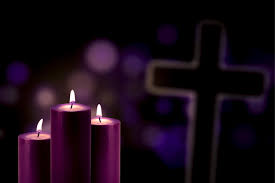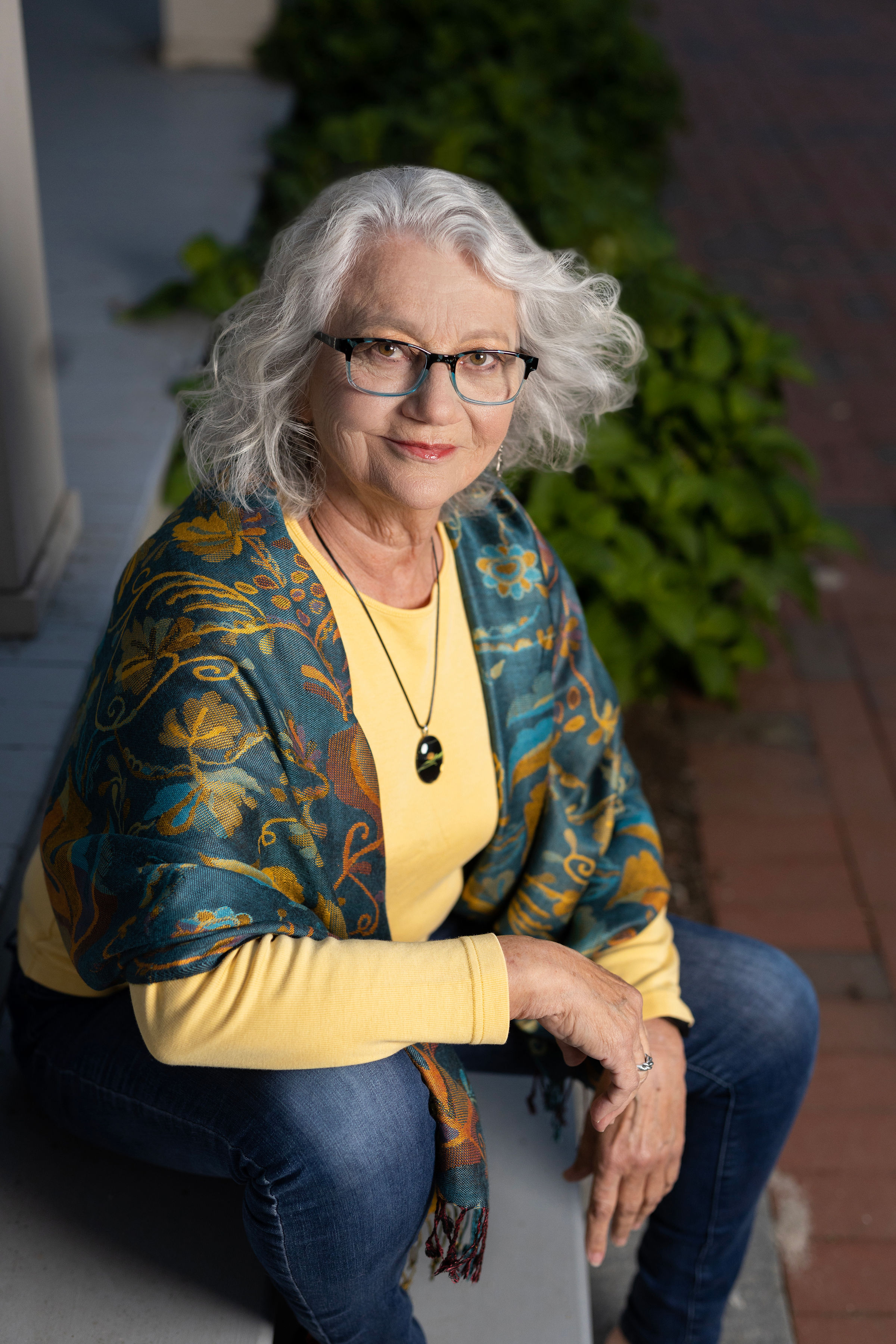Why a Lenten Journal
 I don’t remember when I became intrigued by the church calendar. Certainly not while I was active in Charismatic and Evangelical churches, where the only calendars celebrated were Christmas and Easter week. At my Methodist church, we acknowledged Advent with the lighting of candles on a huge wreath (3 purple and 1 pink) but they didn’t have much meaning for me. When my late husband and I adopted our children (aged 4 & 5), we had a variety of Advent calendars, one with tiny books that told the Christmas story and two others that involved daily chocolate. I don’t think I need to say which calendars were the most popular.
I don’t remember when I became intrigued by the church calendar. Certainly not while I was active in Charismatic and Evangelical churches, where the only calendars celebrated were Christmas and Easter week. At my Methodist church, we acknowledged Advent with the lighting of candles on a huge wreath (3 purple and 1 pink) but they didn’t have much meaning for me. When my late husband and I adopted our children (aged 4 & 5), we had a variety of Advent calendars, one with tiny books that told the Christmas story and two others that involved daily chocolate. I don’t think I need to say which calendars were the most popular.
Easter week at our house involved one or more church services for the family and for a season, our small town ministerium (an association of ministers) held an ecumenical walk around town with music and readings on Good Friday. When I was growing up, (Latvian Lutheran), everyone wore black to the Good Friday service. That stuck with me for years, the seriousness and sorrow of that day.
I think it was during a three-year stint at a liturgical church up the street from our home that I got the full impact of Lent and received ashes on Ash Wednesday. Since the Ash Wednesday service was in the evening, I didn’t have to decide whether to walk around with ashes on my forehead all day. But I did learn about the pillars or practices during Lent: prayer, abstinence, almsgiving, and fasting. I also remember my priest of that time putting emphasis, not on the giving up of something as much as adding something to one’s spiritual life.
Around that time, I began experimenting with adding and subtracting practices during Lent. I can remember doing a 28-day fast one year (included clear liquids), giving up online games (Words with Friends, in particular) and throwing out caffeine drinks every year, particularly Diet Coke. I started using Lenten devotionals during Lent, and I can tell you, there are hundreds available. The upshot? I found myself looking forward to this time of year more and more. And in this way, Lent became my Ramadan and deepened my engagement with God.
When I started writing Sister Jane, I chose Lent because it is a finite time period that can produce tremendous change. Jane wasn’t and never had been particularly religious or immersed in devotional practices. Like the early me, she was aware of Lent and how it was a kind of “march toward Easter” but that just meant pretty dresses, Easter bunnies, and colored eggs. Only later, after she received the gift of healing, did she recognize the rhythm of intentional prayer and self-introspection.
And so, Jane’s Lenten Journal was a natural outgrowth of her transformation. When I realized that the timing of the end of Sister Jane corresponded with the onslaught of Covid-19, I knew I had to incorporate these realities into her story. And, best of all, I now have a strong sense of where a sequel might take me. More on that in 2023.


